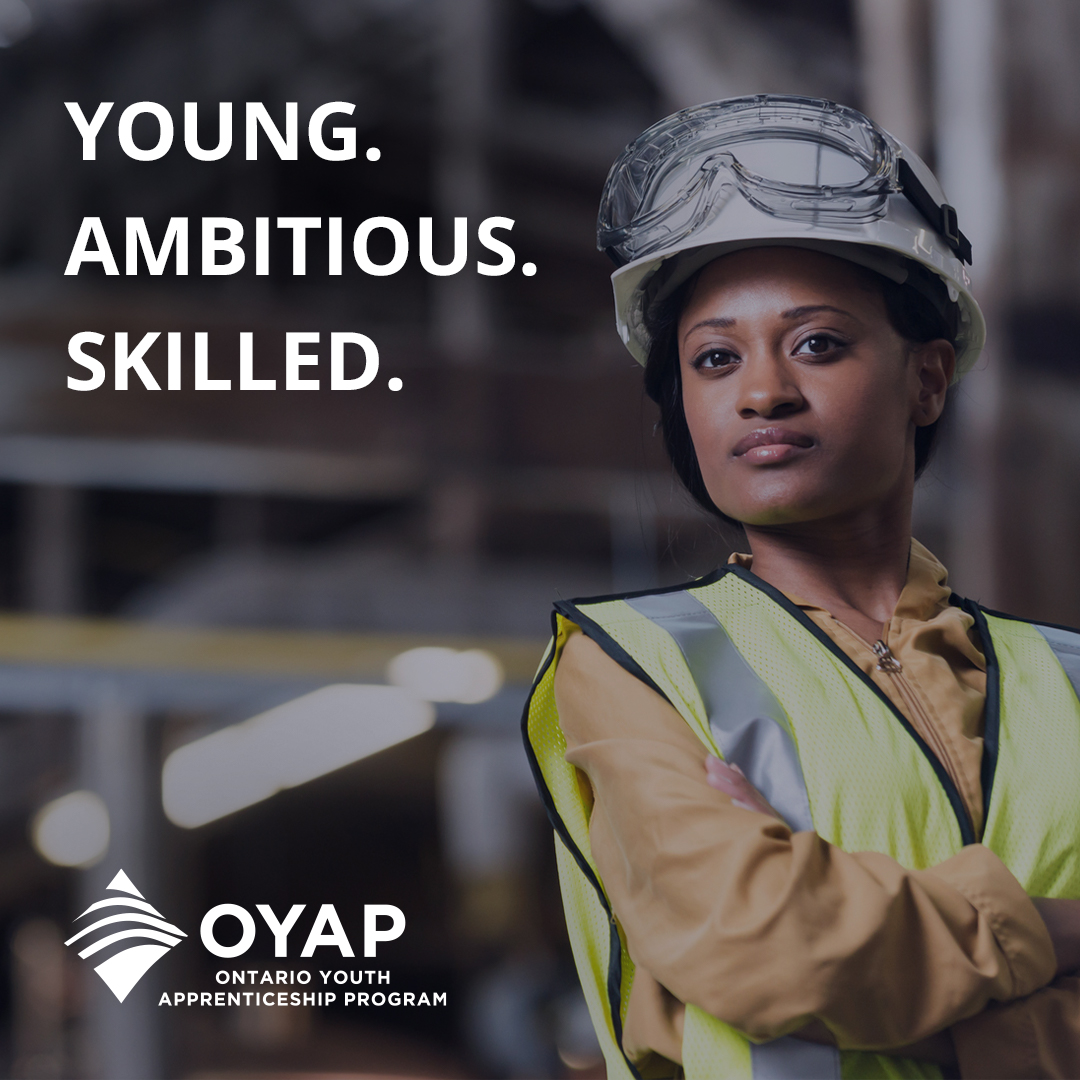
October 29th, 2021
The jobs of the future are the jobs of the past (sorta’…) How job opportunities in the trades are driving employment in post-pandemic Ontario
According to a Royal Bank of Canada report released last month, there is an immediate and urgent need for workers in the skilled trades, and that shortage is only going to get larger as we get out of the pandemic and see the economy roar back to life.
The numbers are incredible:
- Over the first nine months of 2019, Ontario employers had, on average, 204,000 job openings across all occupations and industries. Of these, 13,000 were in the construction sector alone
- In the next 5 years, there will be a shortage of at least 100,000 workers in the trades
- During that same period, 25% of Canada’s 4 million tradespeople will need to upgrade their skills
- Over 700,000 skilled tradespeople are expected to retire by 2028.
Canada’s skilled tradespeople— welders, machinists, electricians and plumbers — have long been the backbone of our economy. Even given the importance of other sectors, such as Waterloo Region’s technology hub, we still need a highly-trained workforce to build and service the homes, businesses, cars and industries in which we live and work, and demand for those positions continues to rise.
Like other parts of the workforce, these skilled trades that are in demand are also changing. Technological change, accelerated by the pandemic, has transformed not only the tools available to tradespeople, but the skills needed to operate them. The skills and training needed to service today’s fuel-injected engines are different from what was needed to fix a carburetor in your grandfather’s car. Just imagine what will be needed to service a future full of electric vehicles.
The report also notes that many of what were once considered blue-collar jobs require more than just strength and technical skills. Soft skills—critical thinking, curiosity, creativity, problem solving and communication—are more important than ever in an economy that demands collaboration across sectors.
Tapping into that demand
People typically learn skilled trades through vocational courses, college programs, or on-the-job training under a journeyperson an apprentice. Many skilled trades require registration or certification from a province or territory’s regulatory body. This ensures every skilled trade worker has the knowledge to complete their work safely and efficiently.
Students in Waterloo Region District School Board (WRDSB) high schools can explore the skilled trades, as well as other career options, through the Pathways to Success education and career planning programs. One of the best ways students can learn about the trades is by taking tech courses while in high school and working alongside an experienced tradesperson as part of the Ontario Youth Apprenticeship Program (OYAP) and co-op. OYAP is available to all students who have completed 14 credits, are at least 15 years old and are in a Co-op program. How do you get into OYAP? Take Co-op!!!
Contact your Guidance Counsellor or visit the WRDSB’s Pathways site for more information.